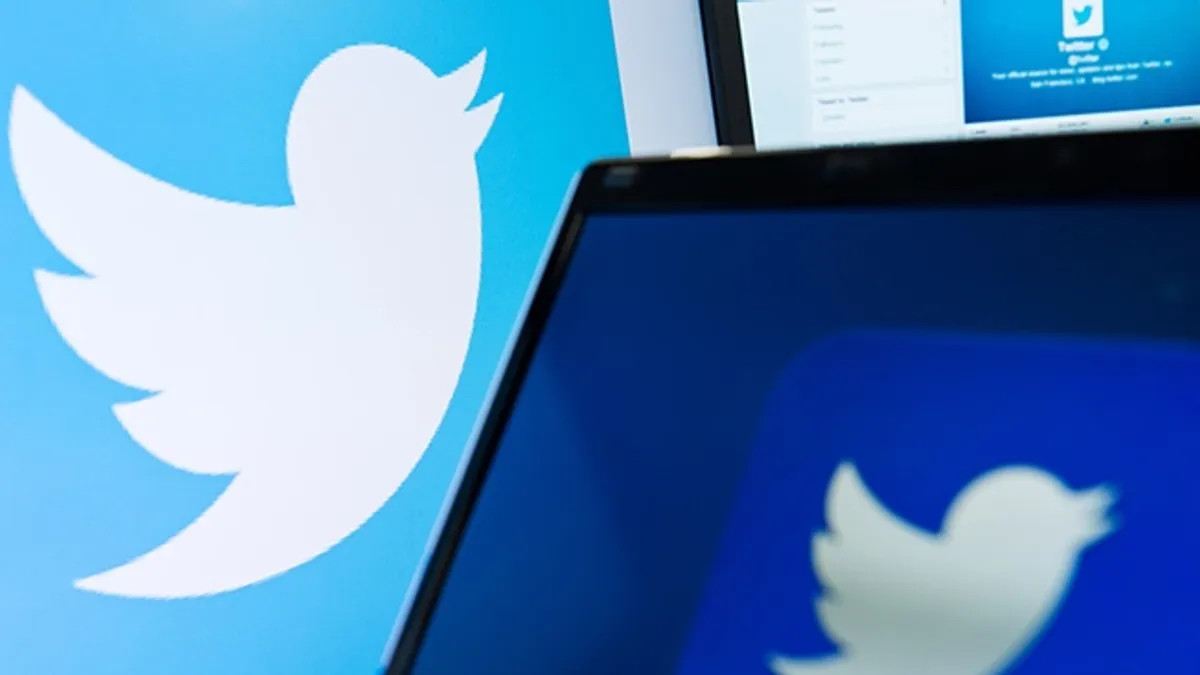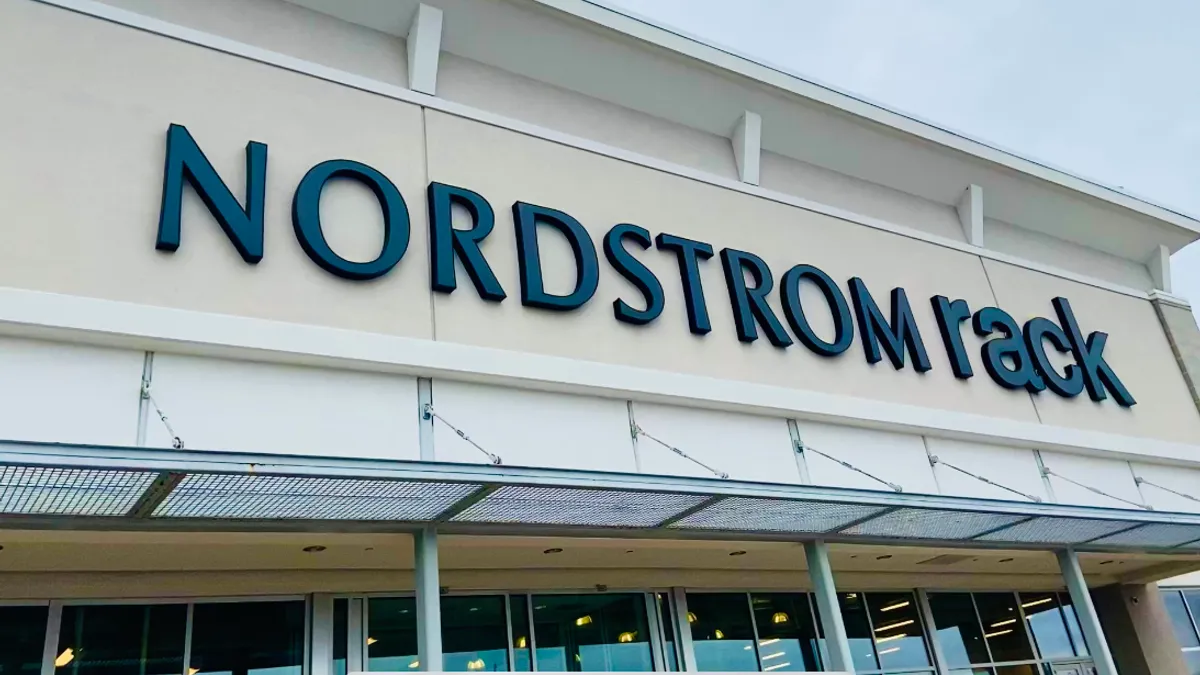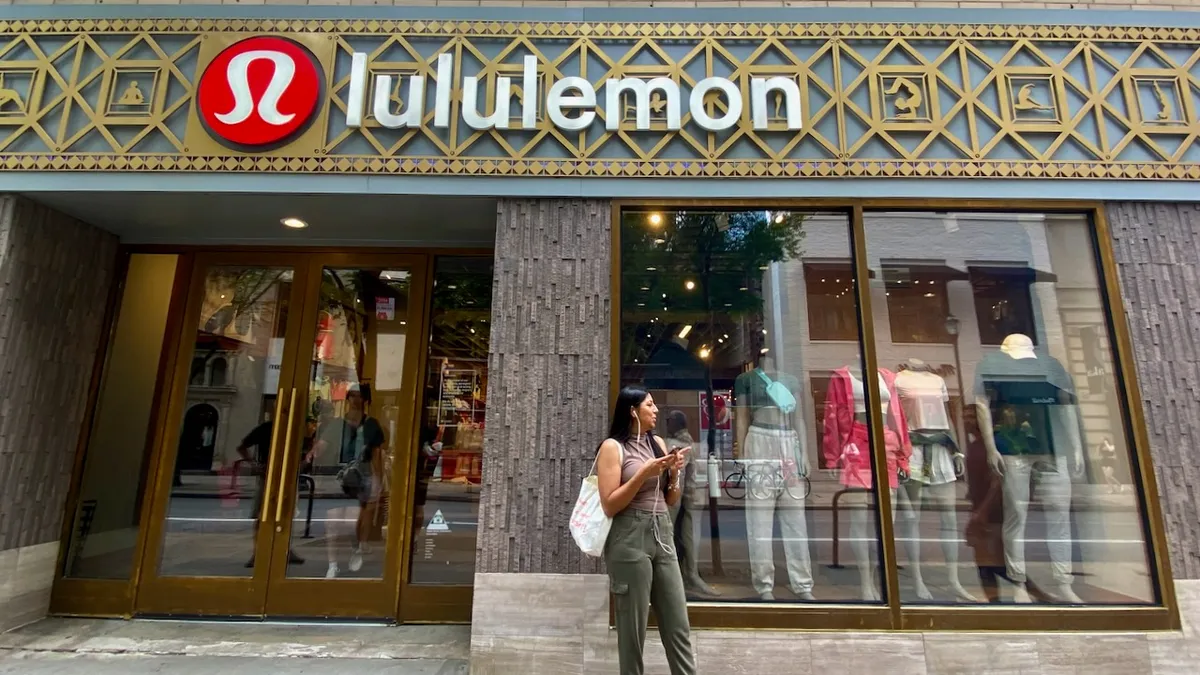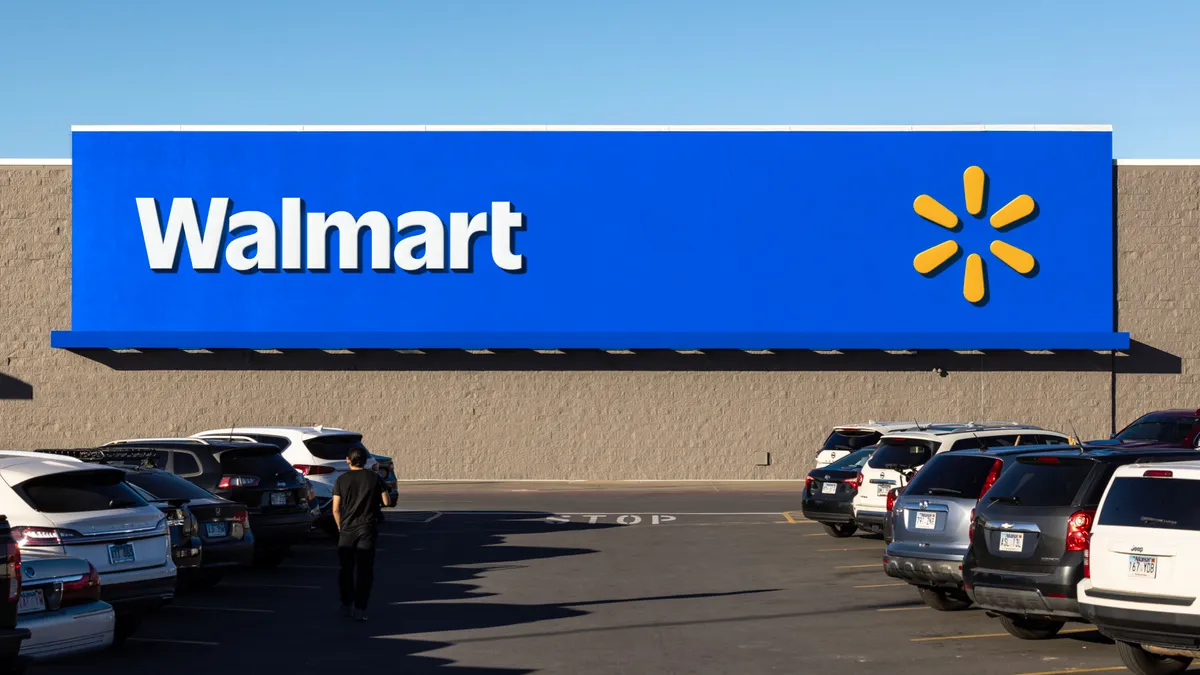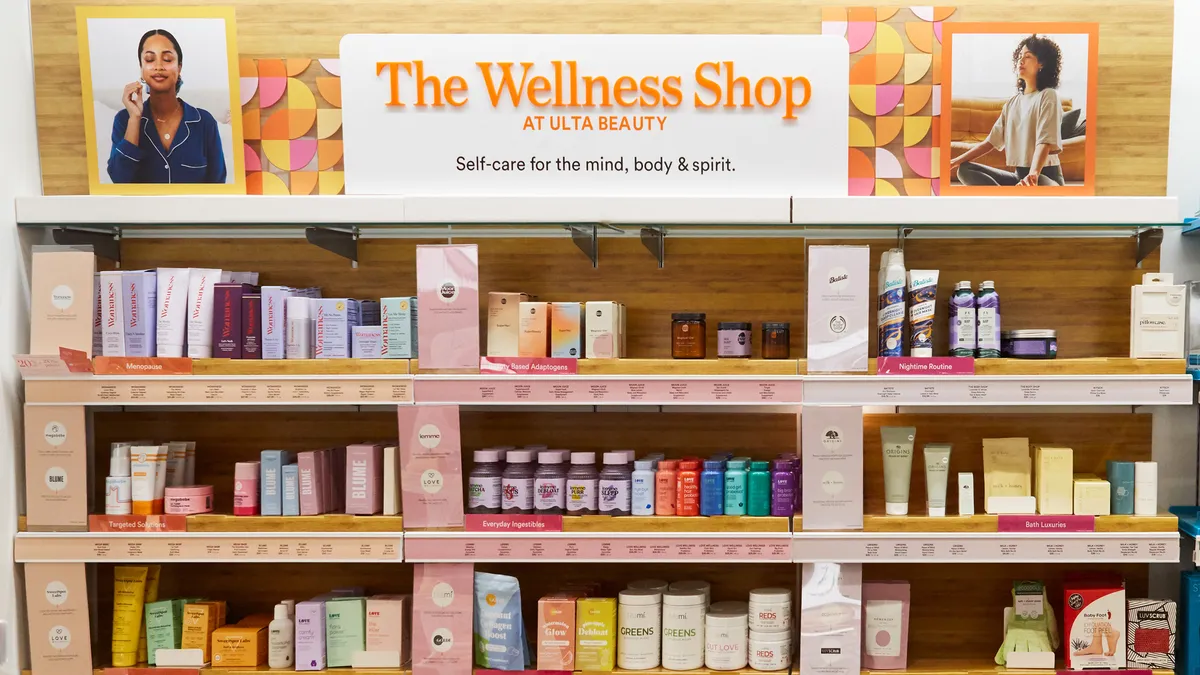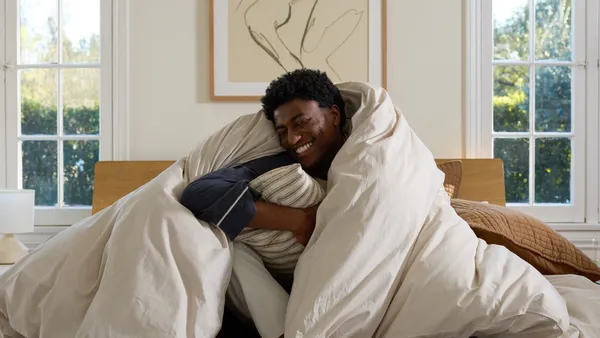A new rivalry has sprung up in tech that retail marketers should keep an eye on. Two mobile-based streaming video services have debuted in recent weeks, and if one or both are successful, they can offer brands yet another way to tell their stories and sell their wares.
The first is Meerkat. The startup was a darling of the recent South by Southwest (SXSW) Interactive conference, and in the ensuing two weeks, it has attracted $14 million in new funding from sources such as Academy Award winner Jared Leto.
The other is Twitter’s streaming app, Periscope, which has been in beta since January, when it was acquired for $100 million. Like Meerkat, Periscope also permits users to live-stream via smartphone, with expanded features such as rebroadcast.
Both rely on Twitter to spread the word about their broadcasts, which ultimately may prove to be Meerkat’s undoing, since Twitter has limited the rival service’s access somewhat. But for now, both are attracting new users and widespread interest in the mobile market.
Bringing live to the masses
Meerkat has attracted more than 400,000 users in its first month and is valued at $52 million. Since launching at the end of March, however, Periscope has been the download champion, breaking into the top 30 at Apple’s App Store within 24 hours, while Meerkat “underperformed your average Croatian Flappy Bird clone,” BGR said.
While users so far have relegated the new apps to showing off the contents of their refrigerators and other mysteries of the mundane, Meerkat founder Ben Rubin says this is the beginning of the latest, greatest technology. “We’re in an exploratory phase,” he told TechCrunch.
The potential disruption is for the two streaming services to take on live television as a news and advertising medium. Periscope’s first star turn came on its first day of release following an explosion in New York City’s East Village, and Meerkat has attracted brands such as Perrier, Starbucks, Spotify, and Bonobos’ Ayr brand to share videos.
“Meerkat makes that immediacy feel even more real,” David McGillivray, Ayr’s design and creative lead told Fast Company. “There’s nothing quite like knowing that what you’re watching is happening, possibly across the other side of the country or world, unedited before your eyes—anything could happen."
“There’s a unique rawness to that you don’t see across other social networks,” he added. “All our photos on Instagram are staged; we spend time editing and re-editing our tweets for maximum effect. But with live video, you simply don't have the ability to do that. And there’s something very powerful about that mix of vulnerability and honesty.”
Monetizing the stream
As one or both of the platforms ascend, monetization and integrity will be key. To be successful, either service—like Twitter and Facebook before them—will need to tweak its mission and positioning while monetizing its capabilities.
There are several models Meerkat and Periscope could follow, Advertising Age says. Post-roll video is an option, or more likely, “promoted” tweets that target qualified users with behind-the-scenes broadcasts. “Modern Basics” apparel brand Everlane has taken Meerkat on photo shoots, for example, reaching hundreds of new followers.
Either service will be able to sell the data collected about viewers and the content they find most compelling. Allowing unlimited “likes” during individual streams, Periscope may offer a use similar to dial-testing for ads by showing what portions of the broadcast viewers respond to best.
Live streaming will force marketers to again reconsider strategies for consumer engagement, Layne Harris, Vice President of Innovation Technology for the interactive agency 360i told Fast Company. “Legal issues, moderation, coordination, and talent are all concerns when it comes to live content, but the payoff could be huge when done well.”
If brands can find ways to produce compelling, unfiltered content—or at least filter it to deliver messages appropriately before going live—streaming will offer a sense of you-are-there urgency that has always proven compelling. “It’s like pre-DVR TV,” Re/Code says.


